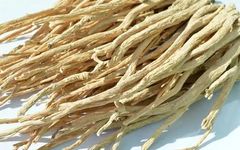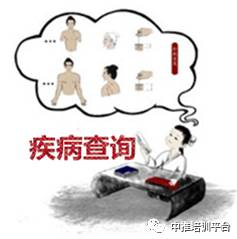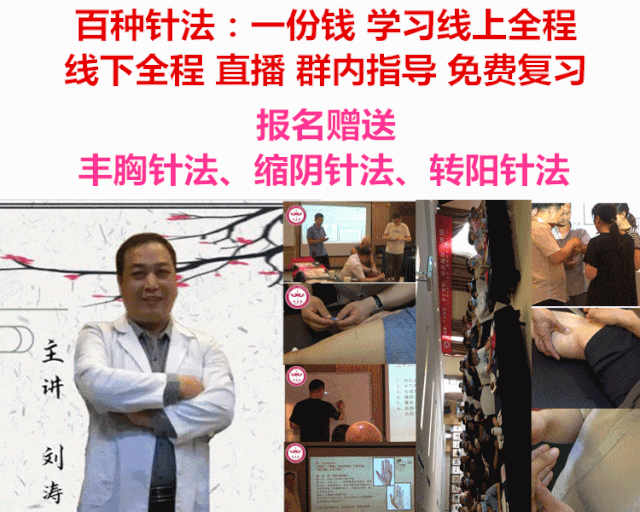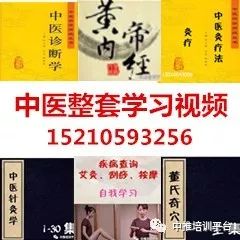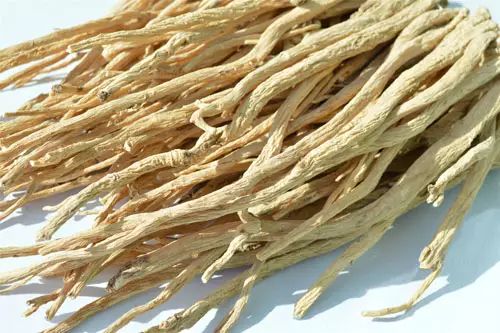
Dang Shen
Dang Shen (Codonopsis pilosula), a perennial herbaceous plant of the Campanulaceae family, has milky sap. The stem base has multiple tuberous scars, and the roots are often large, spindle-shaped or spindle-shaped cylindrical. The stem is twining, either sterile or flowering at the tip, with yellow-green or yellow-white flowers. The leaves are alternate on the main stem and lateral branches, with sparse short prickles on the petiole, and the leaf blades are ovate or narrow-ovate with wavy blunt serrations on the edges. It is found in the mountainous forest edges and shrubs of northern China at altitudes of 1560-3100 meters. Dang Shen is a commonly used traditional tonic herb in China, known for its ability to tonify Qi, quench thirst, strengthen the spleen and lungs, and nourish blood and generate fluids.
Image of Dang Shen
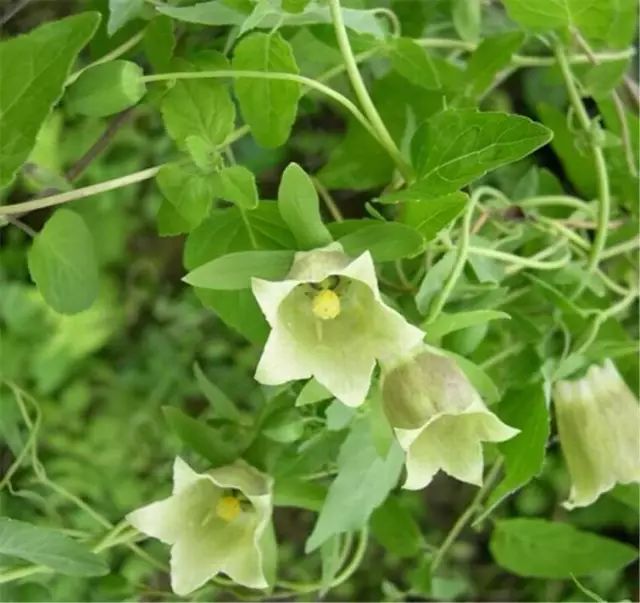
Image of Dang Shen flowering
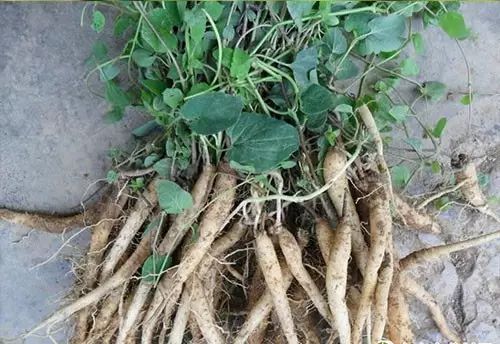
Image of Dang Shen
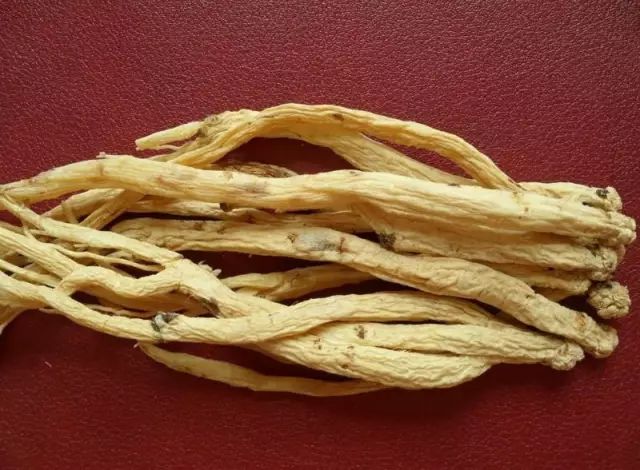
Image of Dang Shen herb
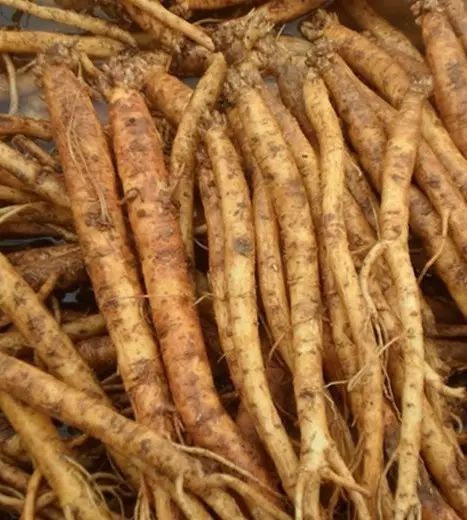
Image of Dang Shen
Introduction to Dang Shen
Herb Name: Dang Shen
Pinyin: Dǎnɡ Shēn
Alias: Dong Dang, Tai Dang, Lu Dang, Kou Dang, Fang Feng Dang Shen, Huang Shen, Fang Dang Shen, Shang Dang Shen, Lion Head Shen, Zhong Ling Cao, Huang Dang
Source: This product is the dried root of the Campanulaceae plant Dang Shen, Suhua Dang Shen, or Chuan Dang Shen, harvested in autumn, cleaned, and dried.
Characteristics: Dang Shen: Long cylindrical shape, slightly curved, surface yellow-brown to gray-brown, with numerous warty stem scars and buds at the root end, each stem scar having a depressed round dot at the top; the whole has longitudinal wrinkles and scattered horizontal lenticels, and the broken root often has black-brown gelatinous material. The texture is slightly hard or somewhat flexible, with a slightly flat fracture surface, having cracks or radial patterns, the bark is light yellow-white to light brown, and the wood is light yellow. It has a special aroma and a slightly sweet taste. Suhua Dang Shen (Western Dang Shen): Surface yellow-white to gray-yellow, with dense ring-like transverse wrinkles at the root end often reaching more than half the length. The fracture surface has more cracks, the bark is gray-white to light brown, and the wood is light yellow. Chuan Dang Shen: Surface gray-yellow to yellow-brown, with obvious irregular longitudinal grooves. The texture is softer and firmer, with fewer cracks on the fracture surface, the bark is yellow-white, and the wood is light yellow.
Chemical Components: The root of Dang Shen contains saponins, trace alkaloids, sucrose, glucose, inulin, starch, mucilage, and resins. The root of Chuan Dang Shen contains volatile oils, baicalin glucoside, trace alkaloids, polysaccharides, inulin, and saponins.
Properties: Sweet, neutral
Meridians Entered: Spleen and Lung meridians
Storage: Store in a ventilated and dry place. Prevent insect damage.
Contraindications: Should not be used with Li Lu, contraindicated in cases of excess pathogenic factors. Not suitable for use in excess syndrome or heat syndrome, and should not be used alone in cases of deficiency with excess.
Effects of Dang Shen
Strengthens the spleen and lungs, benefits Qi, and generates fluids. It is indicated for spleen and stomach deficiency, poor appetite, loose stools, fatigue in the limbs, lung deficiency with cough and wheezing, shortness of breath, palpitations, internal heat with thirst, and deficiency of both Qi and blood.
Functions of Dang Shen
1. Effects on Blood Cells
The oral or subcutaneous injection of Dang Shen root extract can slightly increase the red blood cells and hemoglobin in normal rabbits; after splenectomy, the effect significantly weakens, suggesting that its “blood tonifying” effect may be related to the spleen. At this time, there is a tendency for a decrease in white blood cells. It is said that Bei Dang Shen does not have this effect. The Dang Shen extract at a 1:40 ratio shows no hemolysis in vitro, but after interacting with red blood cells, it can change color, becoming turbid and precipitating.
2. Effects on Blood Sugar
Subcutaneous injection of Dang Shen extract in rabbits can raise blood sugar; however, if the fermented extract is injected or administered by gavage, there is no such effect, suggesting that the increase in blood sugar is due to the high sugar content in the root; it also cannot inhibit the neurogenic hyperglycemia caused by diuretic injection. Preliminary experiments indicate that Bei Dang Shen administered by gavage can raise blood sugar.
3. Hypotensive Effect
Intravenous or intraperitoneal injection of alcohol or water extracts can lower blood pressure in anesthetized dogs; preliminary analysis suggests that this is peripheral in nature; it also has some anti-adrenergic effects; the water extract or alcohol-water extract can also lower blood pressure in anesthetized animals and can inhibit the isolated frog heart.
Dosage of Dang Shen
Internal use: 9-30g. — Chinese Pharmacopoeia
Internal use: decoction, 3-5 qian, large dose 1-2 liang; concentrated extract or in pills, powders. — Dictionary of Chinese Medicine
Internal use: decoction, 6-15g; or concentrated extract, in pills, powders. For generating fluids and nourishing blood, it is best used fresh; for tonifying the spleen and lungs, it is best used roasted. — Compendium of Materia Medica
Dang Shen’s Accompanying Formulas
Note: The following formulas should be used under the guidance of a physician.
1. Clears the lungs, tonifies original Qi, opens the voice, and aids muscle strength
One jin of Dang Shen (soft and sweet, sliced), half a jin of Sha Shen (sliced), and four taels of longan flesh. Boil in water to concentrate the juice until it drips like pearls, and store in porcelain. Each time, take one wine cup, mix with hot water, or pour into the decoction. — Compendium of Materia Medica
2. Treats diarrhea and postpartum Qi deficiency with prolapse of the rectum
Two qian of Dang Shen (remove the fibrous parts, stir-fried with rice), one and a half qian each of roasted Astragalus and Atractylodes (clean stir-fried), nutmeg powder, and Poria, two qian of fried Chinese yam, six fen of Angelica, and seven fen of roasted licorice. Add two slices of fresh ginger for decoction. Or add five fen of processed Aconite. — Essential Prescriptions
3. Treats damage to the spleen and stomach caused by cold and harsh agents, leading to sores in the mouth and tongue
Two qian each of roasted Dang Shen and roasted Astragalus, one qian of Poria, five fen of fresh licorice, and seven fen of white peony. Boil in plain water and take warm. — Throat Collection of Purple Treasures
4. Treats oral ulcers in children
One liang of Dang Shen and five qian of Huang Bai. Grind into a fine powder and apply to the affected area. — Compilation of Proven Recipes from Qinghai Province
5. Inhibits or kills leprosy bacilli
Equal amounts of Dang Shen, Chuan Xiong (Ligusticum chuanxiong), and the bark of the thorny root (Cudrania tricuspidata). Grind Dang Shen and Chuan Xiong into fine powder; then boil the thorny root bark with an appropriate amount of water three times, concentrating the three decoctions into a certain amount (enough to soak the fine powder of Dang Shen and Chuan Xiong), add an appropriate amount of honey, and then mix the fine powder into pills, each pill weighing three qian; it can also be made into a paste. Take three times a day, one pill each time, with warm water. — New Medical Methods Compilation
Clinical Applications of Dang Shen
Note: The following formulas should be used under the guidance of a physician.
1. Ba Zhen Tang (Eight Treasures Decoction) (from Experience Form of Ruizhutang) treats deficiency of both Qi and blood.
Pale or sallow complexion, dizziness, fatigue in the limbs, shortness of breath, palpitations, reduced appetite, pale tongue with thin white coating, weak or thin pulse. Each of the following: 30g of Angelica, 30g of Chuan Xiong, 30g of cooked Rehmannia, 30g of white peony, 30g of Dang Shen, 30g of licorice, 30g of Poria, and 30g of Atractylodes. Each dose is 3 qian, taken orally.
2. Shi Quan Da Bu Tang (Ten Complete Great Tonifying Decoction) (from Applicable Formulas of Chuanxin) treats deficiency of both Qi and blood.
Sallow complexion, fatigue, poor appetite, dizziness, fatigue, palpitations, spontaneous sweating, cold limbs, pale tongue, weak pulse, as well as women with menorrhagia, irregular menstruation, and non-healing sores. 6g of Dang Shen, 9g of Atractylodes, 9g of white Poria, 9g of white peony, 12g of Astragalus, 6g of Chuan Xiong, 12g of cooked Rehmannia, 9g of Angelica, 3g of licorice, 3 slices of ginger, and 2 dates. Each dose is 3 qian, strained and taken warm, without time restrictions. In this formula, Dang Shen is the monarch herb, sweet and warm, tonifying Qi and nourishing blood.
|
Click the icon to view |
|||
|
|
|
|
|
| Disease Inquiry | Free Live Broadcast | Clinical Videos | Medical Treasure Trove |
Click below to read the original text and scan the QR code to learn acupuncture and bone setting for free

